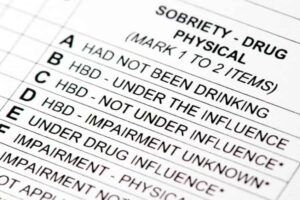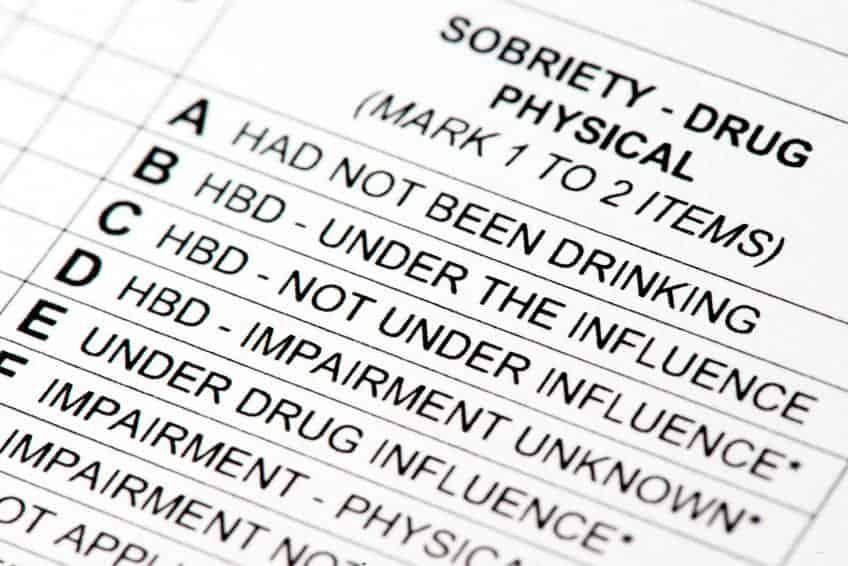 Being pulled over by a police officer can be a nerve-racking experience, especially if you have had a glass or two of wine. If you are pulled over for being suspected of driving under the influence (DUI), the breath test is merely the last step in your evaluation. You can rest assured that, from the very beginning, the officer is making careful mental notes of everything you do, starting with how you drive and how you pull over — are you driving safely or erratically? Once you are pulled over, he will be looking for various indicators of intoxication. These include:
Being pulled over by a police officer can be a nerve-racking experience, especially if you have had a glass or two of wine. If you are pulled over for being suspected of driving under the influence (DUI), the breath test is merely the last step in your evaluation. You can rest assured that, from the very beginning, the officer is making careful mental notes of everything you do, starting with how you drive and how you pull over — are you driving safely or erratically? Once you are pulled over, he will be looking for various indicators of intoxication. These include:
- Your general demeanor—polite or aggressive
- Alcohol smell on your breath or signs of drinking in the vehicle
- Speech mannerisms—if you slur or speak too slow or too fast
- Red facial flush or bloodshot eyes
- Signs of anxiety or stress
- Poor reflexes or clumsiness
The officer may have you perform one or more field sobriety tests. The National Highway Transportation and Safety Administration (NHTSA) has established three standardized sobriety tests. These are:
- Horizontal Gaze Nystagmus (HGN) Test. In this test, the officer will ask you to track the movement of a pen or finger with your eyes. Nystagmus is the involuntary jerking of the eye when you look to the periphery. This becomes more pronounced when you are under the influence.
- Walk-and-Turn Test. In this test, the officer will ask you to take nine steps, heel-to-toe, in a straight line—preferably along an already existing line. The officer will look for balance issues or for not following directions.
- One-Leg Stand Test. In this test, the officer will ask you to stand on one foot, with the other foot six inches off the ground. You will need to count out loud while you do this. The officers will again be looking for balance issues.
There are other field sobriety tests that may be administered outside of the three standard ones. These might include:
- A finger-to-nose test
- Reciting the alphabet or counting backward
- Balancing while standing with your feet together, your head back and your eyes closed
The officer may ask you to take a portable breath test (PBT), in which you directed to blow twice into a breathalyzer. There will be a few minutes’ wait between tests, which determine if your blood alcohol concentration (BAC) is below the legal limit for a DUI.
The combination of the officer’s experience reading the signs, your performance on the standard tests, and the result of your breath test determine if your next stop is back home or the police station.
